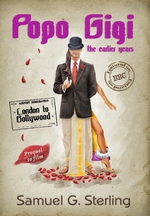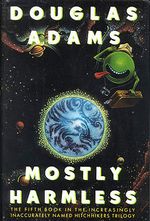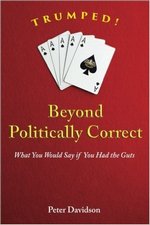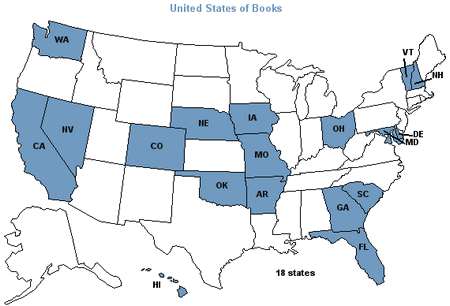 The Secret & Hunting Virgins:
The Secret & Hunting Virgins:
Two Short Stories
by Wayne Hawk
DETAILS: Publisher: Page Publishing Publication Date: September 10, 2020 Format: Paperback Length: 80 pg. Read Date: May 9, 2024

What’s The Secret & Hunting Virgin About?
These are two short stories, sort of linked by protagonists purporting to possess some unique spiritual role/status. They’re thrillers best described as a mix of realism and SF/Fantasy. That’s really all I can think of to link them.
The Secret
This story follows a man who cannot keep a secret as he takes a road trip to visit his father one last time before he dies. At his father’s deathbed, he learns a secret that will change the world. Somehow surviving a hail of bullets that don’t prevent him from learning this secret, he’s instead imprisoned on trumped-up charges and put into solitary confinement (while never explaining why the government doesn’t use one more bullet once there’s a clear shot). Will he be able to outwit the guards and other prison officials to broadcast this secret?
Hunting Virgins
This is both an experiment into how often—and in how many ways—the word “virgin” can be used in a 33-page story as well as the story of a team of hard-partying hazardous-tree removal experts. At some point, their leader has a religious conversion and leaves this profession to start a church on the other side of the U.S.
A decade later, he returns with an offer too good to be true (literally). He recruits his old team—plus his beautiful and virtuous daughter who shouldn’t be anywhere near these louts—to go with him to a portion of Siberia to clear part of a forest heretofore untouched by logging in exchange for a small fortune. Why Russian loggers are incapable of doing this for far less, we’re not told. Nor why any company thinks that logging in an area so difficult to get to makes any sense at all, especially when the expenses incurred to do that are so large.
But maybe their dangerous profession and the well-known hardships of the Siberian climate aren’t the most deadly things that lay in wait for them…
So, what did I think about The Secret & Hunting Virgin?
I honestly can’t tell you which story made me angrier—the plots were disappointing, unoriginal, and somehow nonsensically inexplicable at the same time. The characters were utterly unlikeable at best and contemptible (in an uninteresting way) most of the time. The writing was dry and uncompelling—and the ineptness of the prose was only challenged by its lack of clarity for the least appealing part of it.
The ways that Christian—or pseudo-Christian and near gnostic—ideas are scattered throughout these two stories are just as off-putting as the rest of the elements of this writing. I can’t tell if Hawk is really trying to tell stories with Christian themes* or if he’s just using the trappings of those themes the way that Pierce Brown uses the trappings of the Roman Empire to tell his stories. Either way, he fails.
* I’m using Christian in the broadest and most watered-down possible sense here.
“The Secret” features a couple of people with delusions of grandeur comparing themselves to Apostles to bring the world one of the tiredest ideas this side of Whitley Strieber. I wondered a few times if I’d have liked it more if Hawk hadn’t tried to compress the events into such a short space, but had developed them fully and let them breathe. But I just don’t see any evidence that he’s capable of doing that. He spent more time on this than he should’ve.
“Hunting Virgins” is even worse—these tree-removal experts have the maturity of the main characters of the 80s Porky’s films* and should be trusted with power tools to the same extent. There’s nothing about them that says megacorporations should shower them with money to do anything—and when things start to go wrong for them, there’s nothing about the situation to make the reader care.
* I can’t believe that I remembered these things existed, either. Or that anyone ever used the word “film” to describe them with a straight face.
Why did I finish? I was curious—and the book is crazy short. Also, I spent enough money on this volume that I couldn’t let myself just walk away. I regret the whole thing and hope I’ve convinced you to avoid this experience.




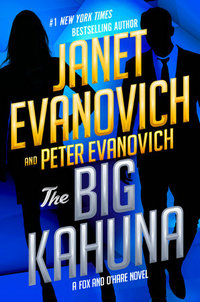



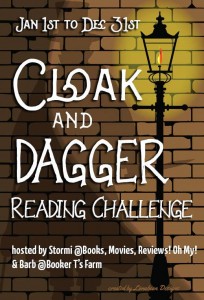
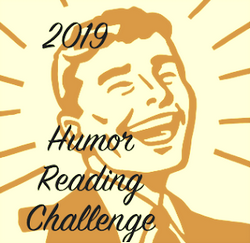
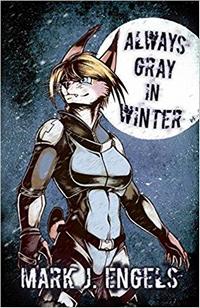
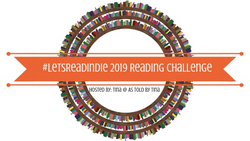
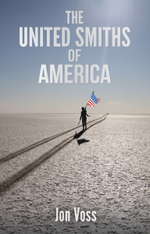

 Read a book that takes place in one day.
Read a book that takes place in one day.

